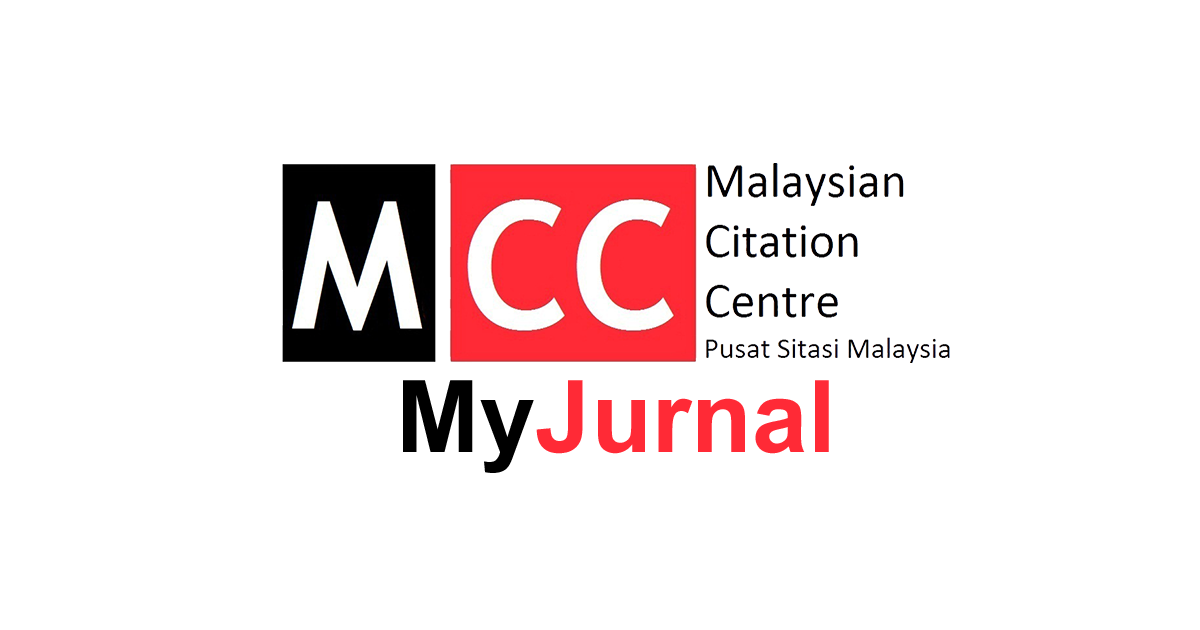TECHNICAL EFFICIENCY OF OFFSHORE SUPPLY VESSEL ACCIDENT: A PARAMETRIC APPROACH
Keywords:
High risk operations, DEA, DMU, DEA-CCR, safety measuresAbstract
This study intended to measure accident rates based on human element since major accidents has led to large number of fatalities in shipping industry. For that purpose, Data Envelopment Analysis (DEA) is applied to test both cross sectional and panel data for each Decision-Making Unit (DMU). Additionally, this study used DEA-CCR model as well as variable method and the return to scale method (RTS) to provide a more comprehensive outcome. From the result, it is found that 5 vessels are efficiently operated, while 30 vessels are under-efficient. As a consequence, these 30 vessels need to revise their SOP on safety and current policies to boost their safety performance and awareness. Only from that, the vessels could reduce the occurrence of accident and able to operate efficiently and systematically.
References
Akten, N. (2006). Shipping accidents: A serious threat for marine environment. Journal of the Black sea/Mediterranean environment, 12(3), 269-304.
Akten, N., & Gonencgil, B. (2002). The turkish straits: rights and obligations of vessels to transit. In rights and obligations of vessels transiting through the turkish straits. Institute of Marine Sciences and Management, 21(June), 3-4.
Al-Rashidi, A. (2016). Data envelopment analysis for measuring the efficiency of head trauma care in England and Wales. Doctoral dissertation, Salford University.
Alliance Societas Europaean. (2013). Alliance global corporate and specialty AG successfully adopt new legal structure of societas Europaea (SE). Retrieved from https://www.allianz.com/en/press/news/ company/point_of_view/news-2013-11-19. html
Antonsen, S. (2009). The relationship between culture and safety on offshore supply vessels. Safety Science, 47(8), 1118-1128.
Baalisampang, T., Abbassi, R., Garaniya, V., Khan, F., & Dadashzadeh, M. (2018). Review and analysis of fire and explosion accidents in maritime transportation. Ocean Engineering, 158, 350-366.
Boyatzis, R. E., Stubbs, E. C., & Taylor, S. N. (2002). Learning cognitive and emotional intelligence competencies through graduate management education. Academy of Management Learning & Education, 1(2), 150-162.
Bratianu, C. (2016). Knowledge dynamics. Man¬agement Dynamics in the Knowledge Econ¬omy, 4(3), 323-337.
Ayden, B. & Ceylan, A. (2008). The employee satisfaction in metalworking manufacturing:,How do organisational culture and organisational learning capacity jointly affect it? Journal of Industrial Engineering and Management, 1(02), 143- 168.
Carr, D. (2000). Education, profession, and culture: Some conceptual questions. British Journal of Educational Studies, 48(3), 248- 268.
Chansiri, W. (2008). Core Competency of Public Universities Supporting-Line Administrators in Thailand (Doctor of Education Thesis). Mahasarakham University, Mahasarakham.
Charnes, A., Cooper, W. W., & Rhodes, E. (1978). Measuring the efficiency of decision making units. European Journal of Operational Research, 2(6), 429-444.
Chaudhuri, S. R., Karmakar, D., Na, U. J., & Shinozuka, M. (2009). Seismic performance evaluation of container cranes. In Improving the Seismic Performance of Existing Buildings and Other Structures (pp. 379- 388).
Dekker, S. (2011). Drift into Failure: From Hunting Broken Components to Understanding Complex Systems. London: Ashgat.
Drucker, P. F. (1973). Management: Tasks, Responsibilities, and Practices. New York: Harper & Row. (pp. 45–46).
Drucker, P. F. (1985). Innovation and Entrepreneurship: Practice and Principles. University of Illinois at Urbana- Champaign’s Academy. Entrepreneurial Leadership Historical Research Reference in Entrepreneurship. Retrieved from https:// ssrn.com/abstract=1496169
Golony, B., & Roll, Y. (1989). An application procedure for DEA. International Journal of Management Science, 17(3), 237-250.
Greengard, S. (1999). Competency management delivers spectacular corporate gains. Workforce, 78(3), 104-105.
Hanzu-Pazara, R., Barsan, E., Arsenie, P., Chiotoriou, L., & Raicu, G. (2008). Reducing of maritime accidents caused by human factors using simulators in training process, Journal of Maritime Research, 5(1), 3-18.
Harati, A., Wall, A., Brooks, P. & Wang, J. (2006). Automatic Identification System (AIS): A Human Factors Approach, the Nautical Institute Website, AIS Forum, and Technical Feedback, UK.
Hudson, P. (2007). Implementing safety culture in a major multi-national. Safety Science, 45, 697-722.
IMO (International Maritime Organisation) (1996). Reports on Marine Causalities. Harmonized Reporting Procedures, annex 3, Draft MSC/MEPC Circular, IMO FS14/18.
Ismila C. I., Mohamad F. A., Shaiful, B. I., & Norhayati, M. Z. (2019) A Study of Human Error Factors on Maritime Accident Rates in Maritime Industry. Asian Academy of Management Journal, 24(2), 17-32.
Kersten, W., Blecker, T. & Ringle, C. M. (2013). Pioneering Solutions in Supply Chain Performance Management. Lohmar: Josel Eul Verlag (Supply Chain, Logistics and Operations Management, 17). ISBN 978-3- 8441-0267-3
Krintiansen, S. (2004). Maritime transportation: Safety Management and Risk Analysis. Oxford: Elsevier Science & Technology.
Lai, L. (2011). Employees’ perceptions of the opportunities to utilize their competences: exploring the role of perceived competence mobilization. International Journal of Training and Development, 15(2), 140-157.
Mankabady, S. (1987). The International Maritime Organization Vol. 2: Accidents at sea. London: Taylor & Francis Ltd.
Monteiro, P. C. (2015). Performance Analysis in Port Container Terminals.
Mullai, A., & Paulsson, U. (2011). A grounded theory model for analysis of marine accidents. Accident Analysis & Prevention, 43(4), 1590-1603.
NcCleland, D. (1973). Testing for competence rather than for “intelligence”. American Psychologist. Harvard University.
Pidgeon, N., & O’Leary, M. (1994). Organizational safety culture: Implications for aviation practice. Aviation Psychology in Practice, 21-43.
Reason, J. (1990). Human Error. Cambridge: Cambridge University Press.
Reason, J. (1997). Managing the Risks of Organizational Accidents. Aldershot, UK: Ashgate Publishing Company.
Sarkis, J., (2002), Preparing Your Data for DEA, Productivity Analysis in the Service Sector with Data Envelopment Analysis, 2nd Edition. Retrieved from www.clarku. edu/~jsarkis/SarkisChapter.doc, assessed on 22.07.13
Spencer, L. M., & Spencer, S. M. (1993). Competence at work: Models for superior performance. New York: John Wiley & Sons.
Weick, K. E., & Sutcliffe, K. M. (2007). Managing the Unexpected: Resilient Performance in an Age of Uncertainty. Jon Wiley & Sons.
Weintrit, A. (2009). Marine Navigation and Safety of Sea Transportation. CRC Press, Balkema.
Downloads
Published
How to Cite
Issue
Section
License
Copyright (c) 2023 PENERBIT UMT

This work is licensed under a Creative Commons Attribution 4.0 International License.





